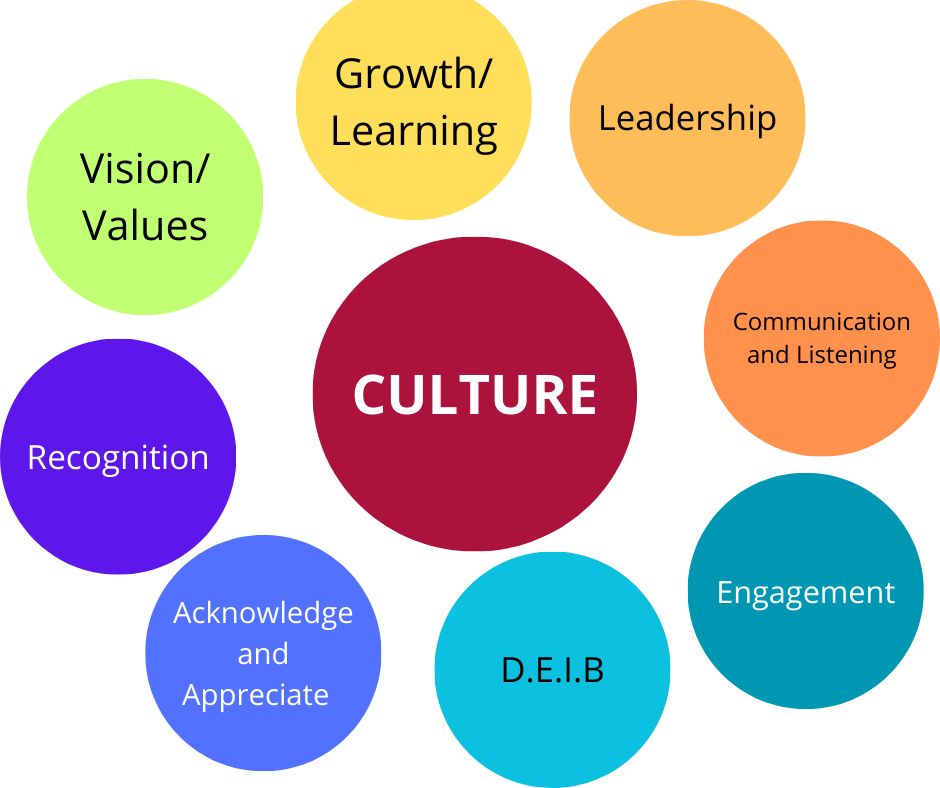
Cultivating a listening culture in the workplace is essential for promoting effective communication, employee engagement, and collaboration. A listening culture encourages open dialogue, values diverse perspectives, and fosters an environment where everyone feels heard and respected. Here are strategies to help you establish and nurture a listening culture in your workplace:
1. Lead by Example:
-
Leadership Commitment: Ensure that leaders and managers demonstrate active listening behaviors. When employees see leadership actively listening and valuing their input, it sets a positive example.
-
Open Door Policy: Encourage leaders to have an open-door policy, making themselves accessible for employees to share concerns, ideas, and feedback.
2. Training and Development:
-
Active Listening Workshops: Provide training and workshops on active listening skills for all employees. These sessions can include practical exercises and role-playing to reinforce the concepts.
-
Communication Skills Training: Offer broader communication skills training that includes active listening as a fundamental component. This helps employees understand the importance of listening in effective communication.
3. Communication Tools and Channels:
-
Feedback Mechanisms: Establish clear and accessible channels for employees to provide feedback. This can include suggestion boxes, online surveys, or regular feedback sessions.
-
Collaborative Platforms: Implement collaboration tools and platforms that facilitate open communication and information sharing among teams. Encourage the use of these tools for discussions and knowledge exchange.
4. Recognition and Rewards:
- Recognition for Listening: Recognize and reward employees and teams that actively practice and promote listening. Highlight success stories where listening led to positive outcomes.
5. Inclusive Decision-Making:
-
Inclusive Meetings: When making decisions, involve diverse stakeholders and ensure that everyone has an opportunity to voice their opinions and concerns.
-
Conflict Resolution: Encourage open dialogue and active listening in conflict resolution processes. Create a safe space for employees to express disagreements and work toward solutions collaboratively.
6. Communication Guidelines:
- Establish Communication Guidelines: Develop and communicate clear communication guidelines that emphasize the importance of listening, respect, and effective communication within the organization.
7. Empathy and Understanding:
- Cultural Sensitivity: Promote cultural sensitivity and inclusivity. Encourage employees to understand and respect different cultural communication styles and preferences.
8. Regular Feedback and Assessment:
- Surveys and Assessments: Conduct regular surveys and assessments to gauge the perception of the listening culture within the organization. Use the feedback to make improvements.
9. Celebrate Success Stories:
- Share Success Stories: Share stories and examples where active listening led to positive outcomes. Highlight these stories in internal communications to reinforce the importance of listening.
10. Continuous Improvement:
-
Feedback Loops: Establish feedback loops to continuously improve the listening culture. Encourage employees to provide feedback on the effectiveness of communication and listening practices.
-
Flexibility and Adaptation: Be willing to adapt and refine strategies based on feedback and changing organizational needs.
11. Employee Involvement:
- Employee-Led Initiatives: Encourage employees to take the lead in organizing initiatives that promote active listening and communication. This can include setting up listening circles or organizing communication-focused events.
12. Transparency:
- Transparency in Communication: Ensure that communication from leadership is transparent, honest, and consistent. Transparency builds trust and encourages open communication.
13. Continuous Learning:
- Learning Culture: Foster a culture of continuous learning where employees are encouraged to develop their communication and active listening skills.
By implementing these strategies, organizations can create a workplace culture where active listening is not just a skill but a fundamental value. A listening culture not only improves communication but also enhances employee satisfaction, innovation, and overall organizational performance.